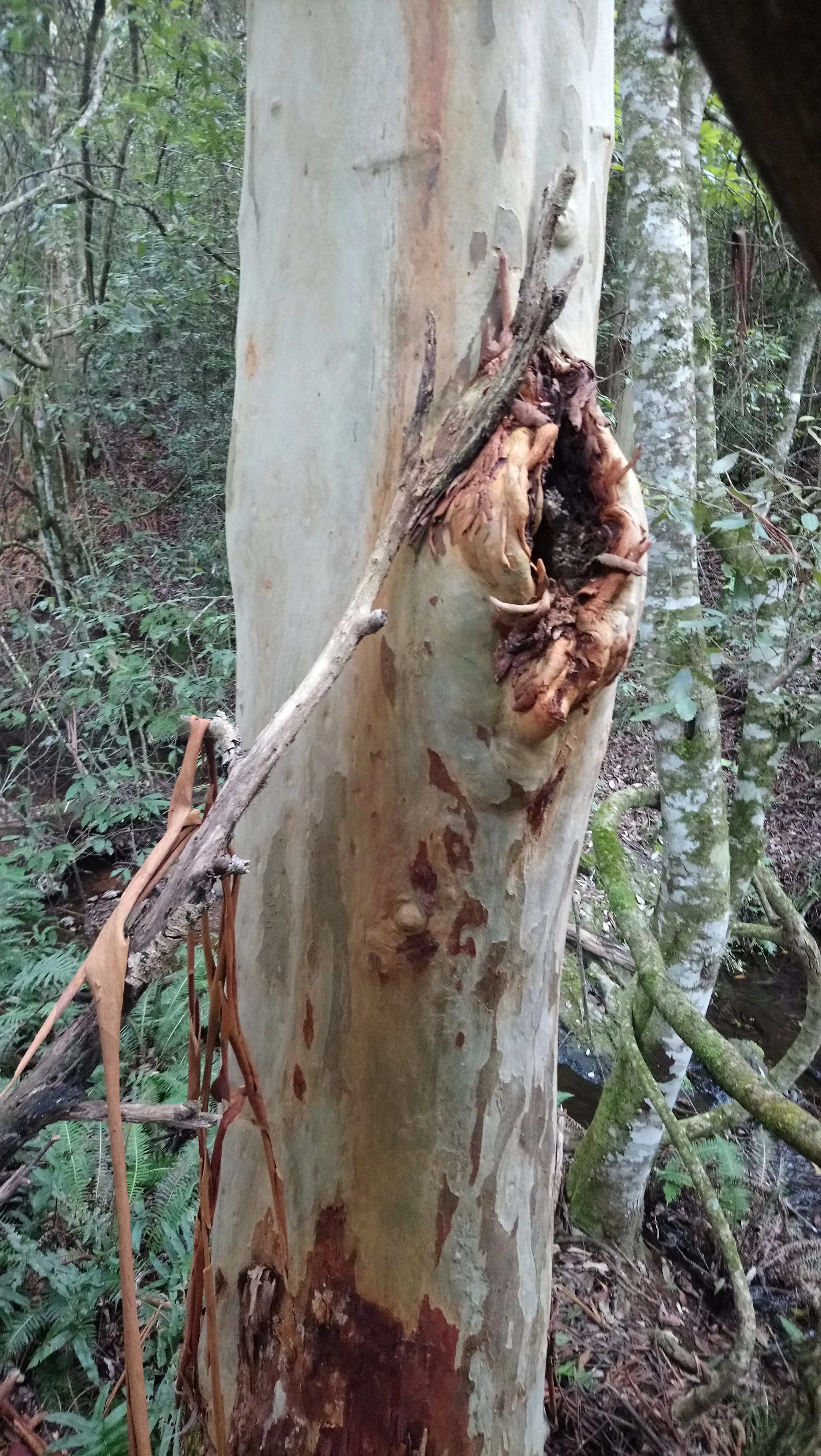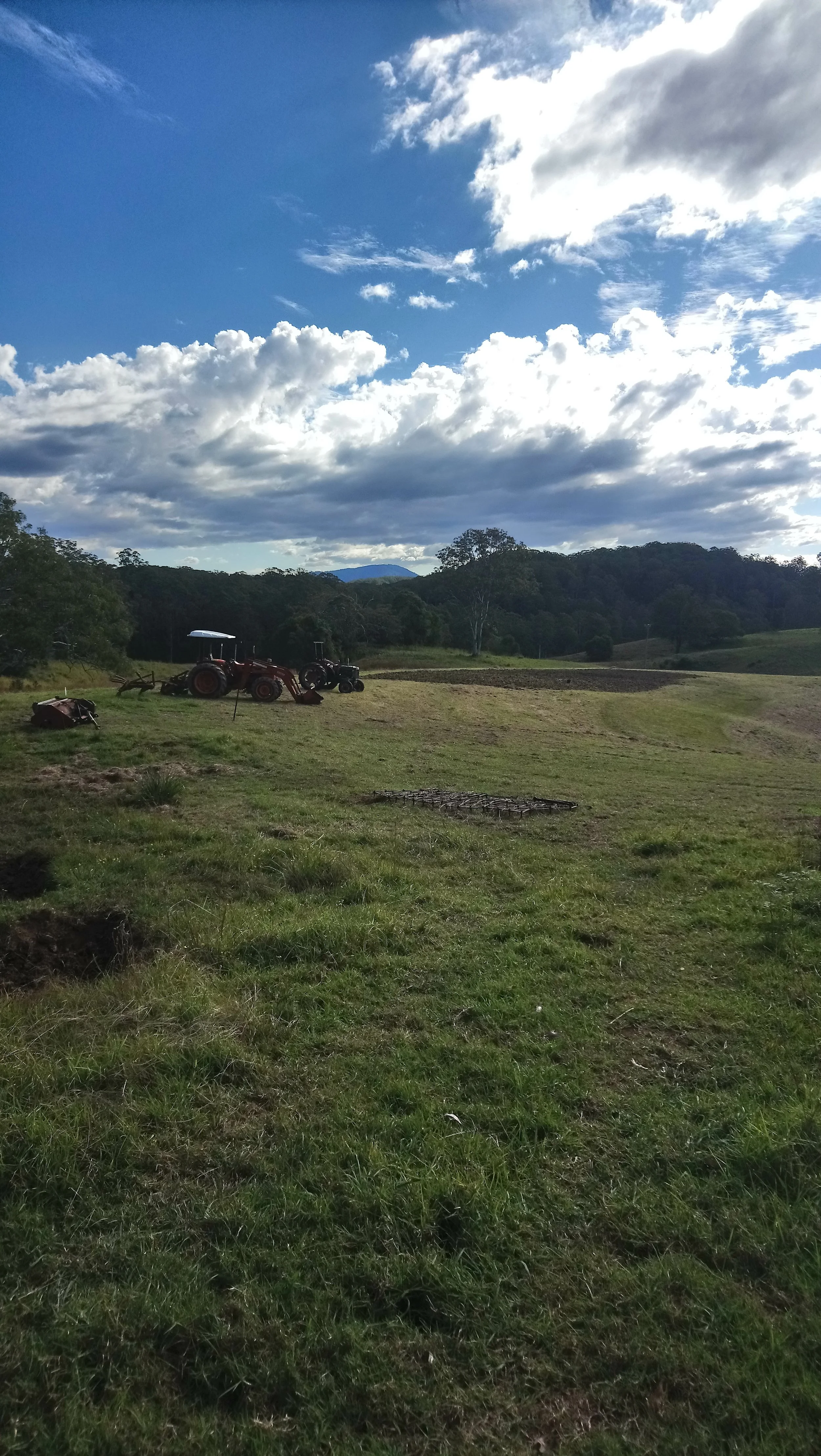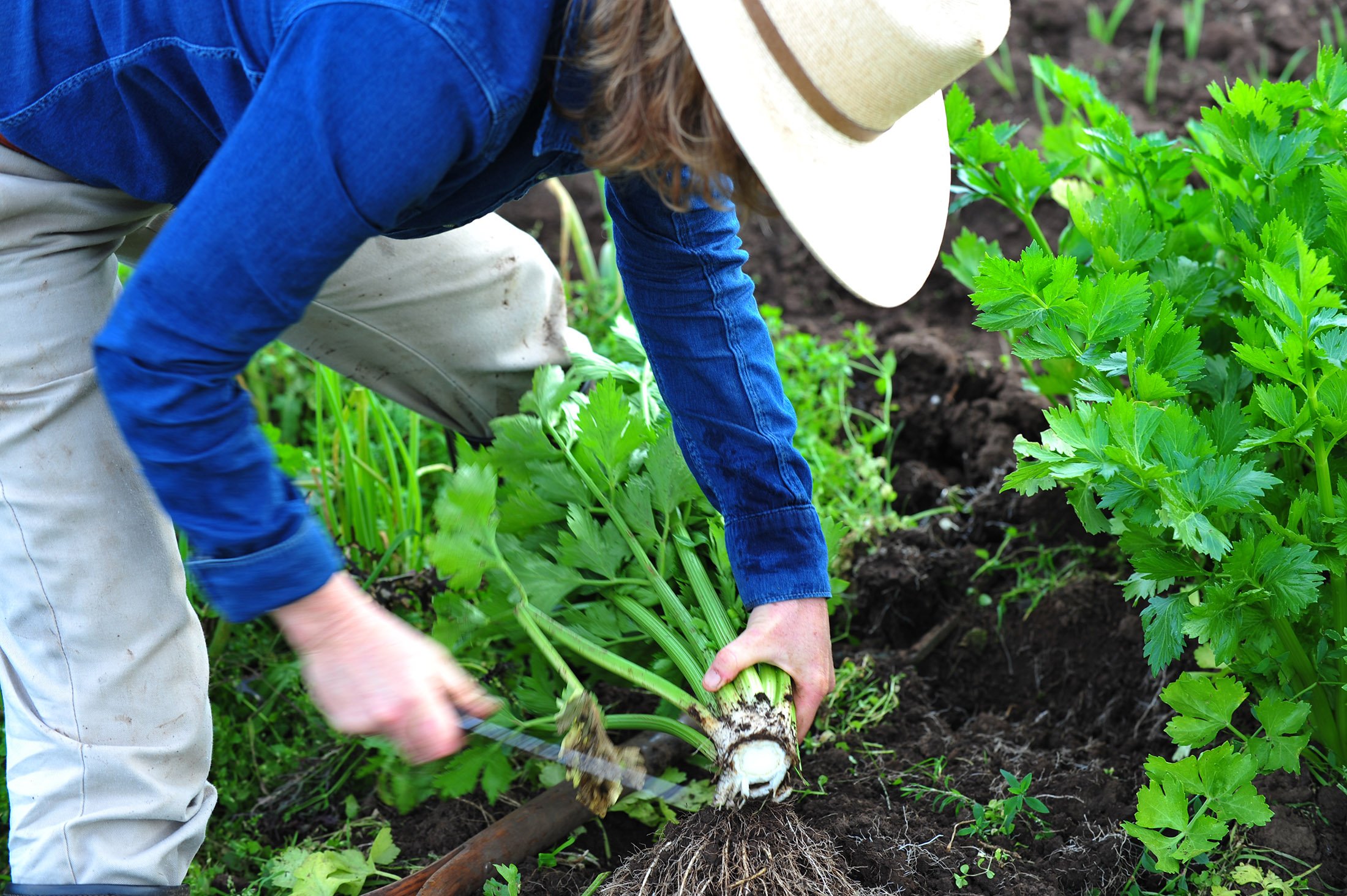
Learn More
Here you can explore in greater detail the challenges and the inspiration behind Stopping for Butterflies

Hollows
In the depths of hollows and in their shallow edges abounds life.
Created by a magical mix of lightning, termites, fungi and bacteria, hollows are natural cavities in live or dead trees. They can also arise from mechanical processes.
Hollows are temporary or permanent homes for many fauna and flora great and small, from mammals, reptiles and birds to insects, invertebrates and micro-organisms, as well as fungi, epiphytic plants and succulents like orchids and birds-nest ferns. They are extremely valuable as nurturing habitat for many forms of life.
For example, the excrement of flying foxes, owls and antechinus drops into the depths where it feeds species of largely immobile beetles – some rarely fly or walk. Whole generations of the same family can live for tens of years in the same tree. This is why old trees like the one in the photo need to be left undisturbed.
The hollow-harbouring tree trunks or limbs can be standing or on the ground. Small hollows can take up to 100 years, and trees with large hollows are much older. A mix of sizes and shapes is needed to suit the different occupants. A powerful owl can’t fit into a little hollow, while a small bird like a treecreeper would be totally exposed to predators in a big one. Many species will simply not breed if they can’t find the right space.
Young forests, such as currently or previously managed areas under exploitation or regrowth, lack the size, maturity, diversity, and mix of standing and fallen timber required for hollow formation. That is why the natural aging of the Stopping for Butterflies forest is so vital.
The destruction of hollows means death to the life that depends on them: with nowhere to shelter and nowhere to raise young, survival is impossible even if food is available. We are not separate from nature, so why have we condoned this?
Every single hollow is unique and venerably old. When a hollow and the life it supports are destroyed, the void created there outlives human memory. People do not miss or protect what they cannot remember.
Nest boxes can help but they need to be made of the correct material, have the correct proportions and be sited correctly (near resources) to be useful.
Ultimately animals need more than just a place to live, and even more than just food and water: a true web of life must also be present, and this is why well managed private land conservation and nature refuges with a comprehensive long-term strategy are so necessary.
Stopping for Butterflies offers a well thought out and detailed approach to protecting and fostering natural old-growth hollows through management, companion plantings and habitat connectivity centred on its 70 acres of preserved forest, plus ‘temporary accommodation’ with careful nest box siting - see our nest box project.

The Importance of Water
The forest is the habitat of water and as such the habitat of life processes too, whose quality declines as the organic development of the forest is disturbed. (Viktor Schauberger).
The research of Dr Masaru Emoto also reveals that water holds information; he proved we can influence water and that its crystalline structure has a memory of what it has experienced.
Over lifetimes, from ancient peoples to animals in their natural state, it has always been instinct to revere water. It has also been a basic teaching since centuries before the Christian Era by philosophers such as Thales, who believed that “water is the source of all life”.
So why is it that creek lines, wetlands, rivers and streams end up getting used as drains. Or as dumping sites for toxic residue (fluoride is a prominent example, a waste product from the fertiliser industry). The ultimate atrocity: using fresh catchment drinking water to defecate, rinse, and dump into. Worse still, our bodily wastes today are full of hormones, drugs, food additives, and assorted chemicals. Then there is chemical industrial farming (and even some traditional agricultural practices). From cities and towns to rural and bush living all this excess ends up in the water, making its way into all life. (Remember that water has memory).
And all it takes is a big-enough weather event for some serious imbalances to happen as the earth responds to overflowing sewers, septic tanks and runoff.
Restoring creeks (riparian areas)
There is always a choice. It is not human existence and farming that are the question, but rather how we live and farm. Stopping for Butterflies embodies and asserts the belonging of humans as natural beings within the landscape.
Streams and watercourses form ribbons of connectivity - even where only remnant stream beds are visible, as they still channel underground flows. Water unites cultivated and uncultivated areas, and what occurs in one affects the other. When it comes to farming practices, we can bring Australian Demeter Biodynamic methods back in, since if applied correctly the results are colloidal humus development.
The importance of soil water: the true gold
When soils restructure and colloidal humus is present, we have a type of spongy suspension where clean water, nutrients and air are separately available to the water and feeder roots of the plant under the influence of the sun-warmth. This is vastly different to simply scattering some minerals, mulch or compost on top, to be dissolved into a nitrate-loaded sludge that fosters force-fed yet undernourished plants.
Building colloidal humus results in a deep living soil and thriving plant life, exactly like we find in a healthy cycling forest. The goal is to achieve a functional continuity between the soil in cultivated and uncultivated areas. Streams and the vegetation that line their banks provide unique habitats, and can be used to bring ‘fingers of forest’ into other places.
The increased soil moisture around watercourses results in a range of different species. A number of habitats are created by the combination of the waterbody and its plants and animals. This also contributes to the quality and characteristics of the water and banks. These environments can be very dynamic as water flows rise and fall and sediment is moved downstream, forming and re-forming gravel bars and pools. This dynamism fosters diversity as well.
The interaction of the terrestrial and the aquatic components of this ecosystem is very important. Leaf fall from the vegetation provides critical carbon and energy inputs that support life in the stream, while the stream itself contributes the vital water for the plants and other life - an example of the complex interactions between land, water, air and sun.
The presence of vegetation on stream banks moderates the extremes of water flows, from drought to flood. Clearing these zones (for housing, grazing, farming, logging) often results in accelerated erosion and bank collapse. The effects can be felt both upstream and downstream. Intact riparian zones help maintain stable water quality. This is good for the life in the stream as well as for those who eventually drink the water.
Creeks, streams and rivers may pass through numerous terrains as they flow from source to end. This potentially means many human managers along the whole length, each of whom can - if they choose to - positively influence the vegetation, banks and water. And the effects occur not only in the visible surface water, but also below in the mirroring subterranean flows, and in the moist air columns above them.
Water is the source of all life and holds a memory of everything that interacts with it. This is one reason (among many) why any land caretaker requires a dedicated understanding of their local water. By actively perceiving the landscape, we are directed where to apply our energies to remediate denuded paddocks and fields.
The restoration of streams plays a significant role in assisting correction and, through connectivity, in maintaining functioning farms and forest. Planting to reintroduce life to denuded sites and return to flowing streams is part of the long-term plan for rehabilitating the historically degraded areas within Stopping for Butterflies.

Connectivity, Fragmentation and what is happening on Earth
The father of Australian Demeter Biodynamics, Alex Podolinksy, highlighted the “dangerous dualistic split” between man and nature, and that “technology is the inspirer and moral responsibility disappears”. As we experience the resulting isolation, it is fitting to question how we perceive the landscape and our own place within Nature.
Here in NSW, 66% of land is privately held, with the majority of dwellings and small to medium holdings concentrated along the narrow seaboard watershed. This places many ecosystem types outside of public lands: most of the valley floors (flatter land along rivers with good soil) have been developed for agriculture, so natural ecosystems in these areas are now uncommon.
Significantly, this also leaves such areas open to motivated individuals who are prepared to look beyond short-term ideologies and the ‘science’ of the day, with a view to making true positive change on eternal principles.
Fragmentation
If you examine images of the Earth you will see that the satellites show selected parts and patterns of human activity on the landscape: large areas cleared for agriculture, industry, road networks and habitation, with patches of relatively intact forest and woodland scattered throughout.
Fragmentation means there are areas of habitat useful for native plants and animals to live relatively undisturbed, but they are separated by large areas of much less or even no useful habitat.
The habitat ‘patches’ together with the non-habitat or poor habitat are referred to by ecologists as the ‘matrix’. A matrix can be ‘porous’ - that is, it can be crossed to get from patch to patch, or ‘hostile’ where many of the lifeforms (plants, animals, genes, seeds, spores, nutrients, energy and other elements) that might like to move around within it cannot.
The hostility of the matrix is relative. A wallaby could easily cross a cleared paddock, but will struggle with fences, dog presence or a highway, while a bird would not. A snail or a small lizard would likely not make it across a paddock, supposing it tried. A seed carried by a bird or the wind may travel many kilometres, whereas a fungal spore carried on a small marsupial mouse would be essentially confined to the one patch.
So land fragmentation is where Nature’s intricately woven tapestry has become patchy and more or less ‘hostile’. If it becomes too pronounced, very little can bridge the gap. And so that area becomes relatively barren of living diversity - one example being the broadacre clearing of the Central West.
Connectivity is the opposite of fragmentation
Fortunately Nature’s beautiful pattern can recover itself, because it contains deep within, all the necessary information to do so. The recovery in at least some places can be encouraged through projects like ours that prioritise connectivity. There are two types of connectivity – ‘structural’ and ‘functional’.
Structural connectivity is where there is an obvious physical connection between one ecosystem and another. Functional connectivity is when there is still some movement of life (genes, spores, seeds, organisms, etc) even though there is no physical connection between patches of habitat.
In both cases the other main question is how the land is used in the ‘non-habitat’ areas. Having an eye for the landscape and replanting in strategic spots can support connectivity, which then helps improve the habitat value of nearby patches.
Importantly, the Stopping for Butterflies approach means the areas under agriculture also work to improve both connectivity and habitat. For example, planting paddock trees as ‘stepping stones’, introducing/maintaining native grasses (rather than exotic ones), restoring creek lines (see above), creating micro-climates… That is, alternating and interweaving natural and production areas across the landscape.
This is a big task: apart from physical work, it requires vision, thought and sensitivity to meet the challenges on a given site.
If individual landholders are prepared to act, they can become a collective force across the land - the surest protection from disturbance and degradation into the future. The goal is to ensure that viable habitat is created and preserved beyond one’s own lifetime.
We are not separate from Nature: the way we treat Earth reflects how we live within our own selves. The choice exists.
Web page & t-shirt design: Miller Marshall
Text editing & crafting: V. Stevenson
Technical assistance, concepts & consulting: Christopher M. Scott
Works, design & support: Z.
Original vision, content creation & implementation: L. Tucker
Stopping for Butterflies - Mid North Coast - New South Wales
artwork & photos are original

